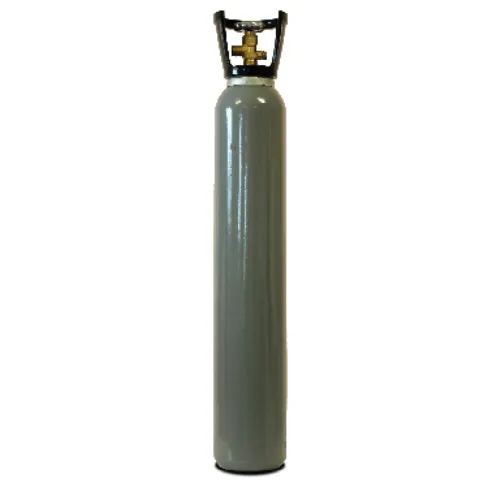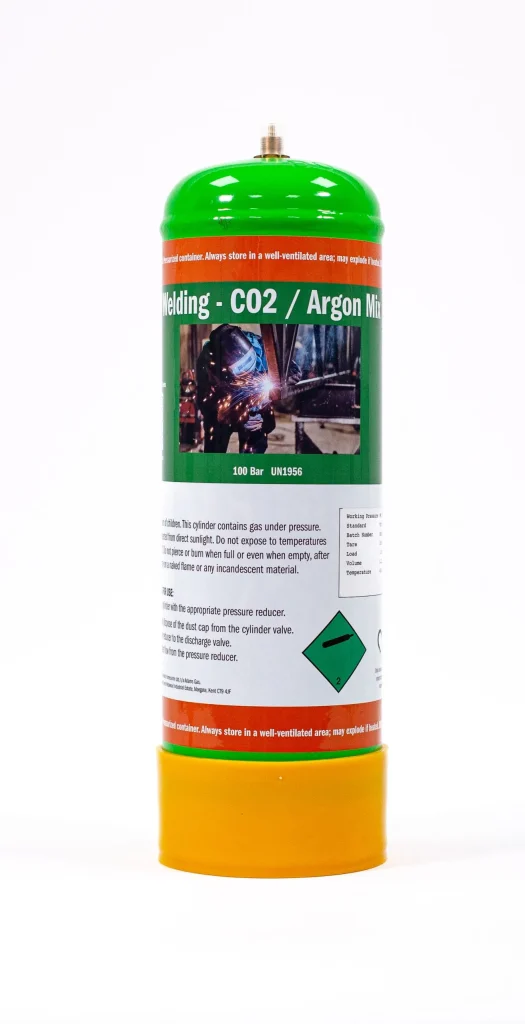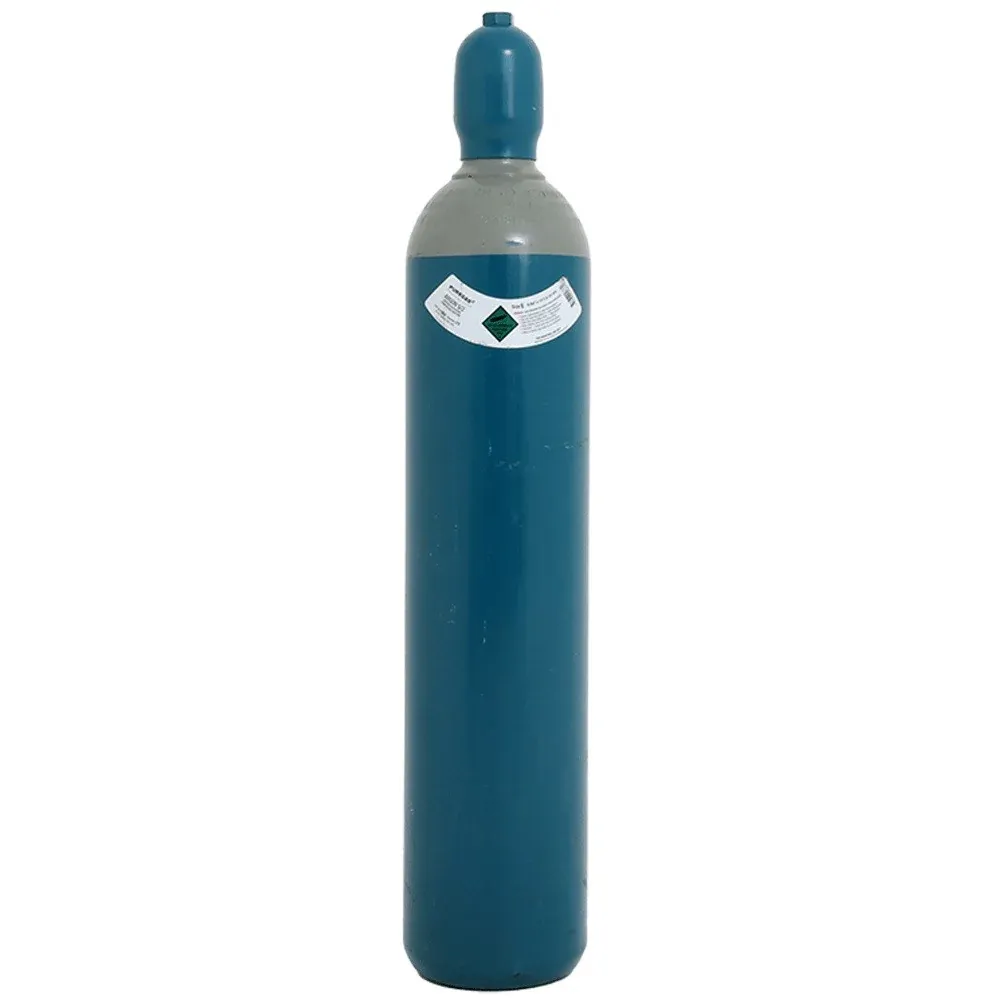When it comes to MIG welding, using the right shielding gas is crucial for achieving optimal performance and results. The type of gas you choose can significantly impact the quality of your welds, including penetration, appearance, and overall strength. In this article, we’ll explore the best gases for MIG welding, focusing on specific applications such as welding stainless steel and using a 110V MIG welder.
Shielding gases play a vital role in MIG welding by protecting the weld pool from atmospheric contamination, which can lead to porosity, slag inclusions, and other defects. The choice of gas depends on various factors, including the type of metal being welded, the desired weld characteristics, and the welding equipment being used.In the following sections, we’ll delve into the details of choosing the best gas for MIG welding, providing recommendations and insights to help you achieve the best possible results in your welding projects.
Best Gas for MIG Welding in General
When it comes to general MIG welding applications, there are a few common shielding gas options to consider:
Carbon Dioxide (CO2)

Carbon dioxide is one of the most affordable and widely used shielding gases for MIG welding. It provides good penetration and a stable arc, making it a popular choice for welding mild steel. However, CO2 can produce a more spatter-prone weld and a less aesthetically pleasing finish compared to other gas options.
Argon (Ar)

Argon is an inert gas that produces a smooth, stable arc and a clean, high-quality weld. It is often used for welding stainless steel, aluminum, and other non-ferrous metals. Argon provides excellent weld appearance and minimizes the risk of porosity, but it can be more expensive than other gas options.
Argon-Carbon Dioxide (Ar-CO2) Mixtures

A combination of argon and carbon dioxide, known as Ar-CO2 mixtures, is a popular choice for MIG welding. These mixtures offer a balance between the benefits of argon and the cost-effectiveness of CO2. Ar-CO2 mixtures can provide good weld penetration, reduced spatter, and a relatively clean weld appearance, making them a versatile option for welding a variety of metals.When choosing the best gas for general MIG welding applications, the specific requirements of your project and the type of metal being welded should be the primary considerations. For mild steel, a CO2 or Ar-CO2 mixture may be the most cost-effective option, while for stainless steel or non-ferrous metals, pure argon may be the preferred choice for optimal weld quality and appearance.
Best 110V MIG Welder with Gas
When it comes to choosing a 110V MIG welder that is compatible with shielding gas, there are a few key factors to consider:
Power Output and Duty Cycle
110V MIG welders typically have a lower power output compared to their 220V counterparts, which can limit their ability to weld thicker materials. However, many 110V models are designed to provide sufficient power for welding mild steel up to around 1/4 inch thick. It’s essential to choose a welder with a power output and duty cycle that meets the requirements of your specific welding projects.
Gas Compatibility
Not all 110V MIG welders are designed to be used with shielding gas. Some models are flux-core only, meaning they use a self-shielding wire that doesn’t require an external gas supply. If you plan to use shielding gas, make sure to select a welder that is explicitly designed for gas-shielded MIG welding.
Ease of Use and Portability
One of the advantages of a 110V MIG welder is its portability. Many models are lightweight and compact, making them easy to transport to job sites or use in small workshops. Look for a welder with user-friendly controls and features that simplify the welding process, such as a built-in gas solenoid valve or a gas flow meter.When choosing the best 110V MIG welder with gas, consider the following recommendations:
- Lincoln Electric Easy-MIG 140 – A compact, lightweight welder with a 140-amp output, suitable for welding mild steel up to 3/16 inch thick. It is designed for gas-shielded MIG welding and includes a built-in gas solenoid valve.
- Miller Multimatic 215 – A versatile multi-process welder that can be used for MIG, stick, and TIG welding. It has a 120/240V input voltage capability and is compatible with shielding gas for MIG welding.
- Hobart Handler 140 – A popular choice for hobbyists and small-scale fabricators, the Handler 140 offers a 140-amp output and is designed for gas-shielded MIG welding of mild steel up to 1/4 inch thick.
By carefully considering the power output, duty cycle, gas compatibility, and ease of use, you can find the best 110V MIG welder to meet your welding needs while taking advantage of the benefits of shielding gas for improved weld quality and appearance.
Conclusion
Choosing the right shielding gas is crucial for achieving optimal results when MIG welding. The type of gas you select can significantly impact the quality, appearance, and integrity of your welds, depending on the specific application and the type of metal being welded.
For general MIG welding applications, carbon dioxide (CO2), argon (Ar), and argon-carbon dioxide (Ar-CO2) mixtures are the most common shielding gas options. CO2 is a cost-effective choice for welding mild steel, while argon provides superior weld quality and appearance for stainless steel and non-ferrous metals. Ar-CO2 mixtures offer a balance between cost and performance, making them a versatile option for a wide range of MIG welding projects.
When MIG welding stainless steel, it’s essential to use an inert gas like argon or an argon-based mixture to prevent oxidation and discoloration. Pure argon provides the best protection and weld appearance, while argon-CO2 or argon-O2 mixtures can offer slightly improved penetration and reduced cost.
For those working with a 110V MIG welder, it’s important to choose a model that is compatible with shielding gas and has sufficient power output and duty cycle for your specific welding needs. Look for a welder with user-friendly controls, a built-in gas solenoid valve, and a compact, portable design for easy transportation and use in small workshops or job sites.
By understanding the best gases for MIG welding and selecting the appropriate shielding gas for your specific application, you can consistently produce high-quality, durable, and aesthetically pleasing welds. Experiment with different gas types and mixtures to find the optimal solution for your welding projects and equipment.
Leave a Reply